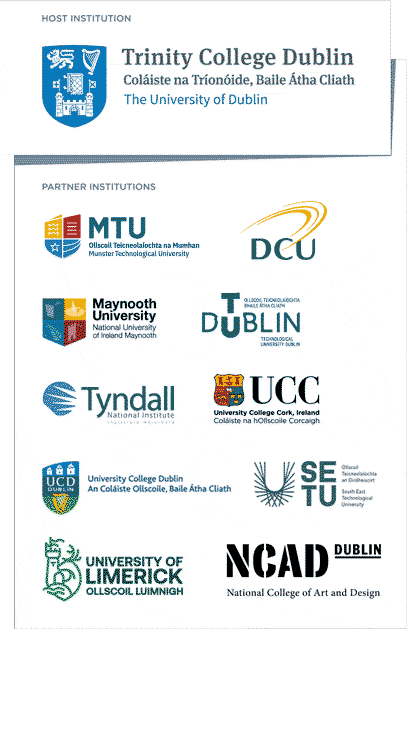
Dr Tim Persoons, CONNECT Funded Investigator at Trinity College Dublin, is exploring ways to harness the low-grade heat generated by data centres in Ireland, including looking at how the energy could be used for local amenities.
Every time you send an email, buy something online or tap to ‘like’ that funny video of a cat on social media, digital information whirs through a data centre. As it does, the process consumes electricity and generates heat. To make data centres more sustainable, could we put that heat to good use?
There’s quite a bit of energy involved and it has been growing rapidly in Ireland in recent years, explains Dr Tim Persoons:
“For the last two decades almost we have seen a consistent growth in the energy use of data centres and large scale electronics facilities in general. We see this all over the world but it is very pronounced in Ireland, as we have a high concentration of data centres here,” he says. “This is now reaching a level that is unseen anywhere else in the world, at the moment it is around 14% of the national electricity usage in Ireland and it keeps rising. It is probably unsustainable in its current form, so we have to look for other ways of dealing with this. There are existing commercial solutions that could be used to improve cooling and waste heat recuperation but none of them are used widely at the moment and none are perfectly adequate, so my research is focused on effective ways to extract and re-use the energy.”
Part of that research is looking at how to extract heat energy from data centres, and for this Dr Persoons and colleagues are getting right to the heart of it. “We are developing new technologies to capture the heat directly from the CPUs or processors in the data centres, rather than capturing the heat that has dissipated into a room,” he explains. “We are also looking at how to take the low-grade heat that comes from processors, memory, storage drives and other components and convert it into more useful forms of energy.”
Re-using the energy is key, adds Dr Persoons, who is an Associate Professor in the Department of Mechanical, Manufacturing & Biomedical Engineering at Trinity College Dublin. “This might be possible by co-locating data centres near major energy users such as hospitals or farms with greenhouses,” he says. “Other countries sometimes use the energy for district heating, but that may not be feasible at scale in the short-term in Ireland.”
In the Science Foundation Ireland Strategic Partnership NexSys, Dr Persoons is also looking at how to link a new data centre campus with an urban renewal centre in Derry. “As part of that transformation project there will be new buildings, historical houses and greenhouses that need to be heated, so we are looking at this as a demonstrator project for new technologies,” he explains.
While it will be several years before any such technologies are fully developed and in use, the research itself will provide insights into technical solutions and sustainable models for the future of data centres in Ireland, and Dr Persoons expects this will help to inform decision makers. “Along the way we are seeking to create impact in the form of policy documents and white papers,” he says. “We want draw attention to possible solutions, while continuing the development of our own novel cooling technologies.”
Read SFI story here.
CONNECT is the world leading Science Foundation Ireland Research Centre for Future Networks and Communications. CONNECT is funded under the Science Foundation Ireland Research Centres Programme and is co-funded under the European Regional Development Fund. We engage with over 35 companies including large multinationals, SMEs and start-ups. CONNECT brings together world-class expertise from ten Irish academic institutes to create a one-stop-shop for telecommunications research, development and innovation.
Homepage Feature


